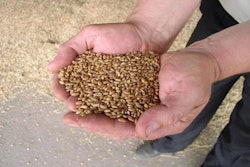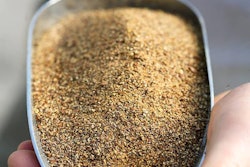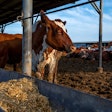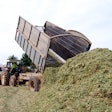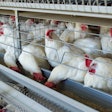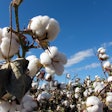
Higher levels are possible short term, always under the direction of a knowledgeable nutritionist
When soybean meal prices plummet, farmers frequently ask about feeding more to their animals. This becomes even more interesting when prices of feed-grade amino acids fail to follow the downwards trend fast enough. As it happens, this might be the case in the immediate future with soy exports from the U.S. facing problems due to trade wars, when at the same time imported amino acids become scarce and expensive due to supply tightening – as is already happening with threonine.
First, we need to remind ourselves that we started using feed-grade amino acids, such as L-Lysine HCl, because they allowed us to lower protein wastage that created a potential environmental hazard. Then, of course, these amino acids became relatively inexpensive compared with soybean meal as a source of dietary amino acids and today we consider it the norm to use low-protein diets highly fortified with feed-grade amino acids. Second, we should not forget that the final say on how much of each ingredient should be used in each diet is the job of the nutritionist who will formulate each feed, taking into account many variables. Here, we will simplify things by looking only at lysine (the first limiting amino acid in corn, which also happens to be in abundance in soybean meal) to discuss a short-term increase in soybean meal usage.
So, with corn (8% protein) containing 0.24% lysine and soybean meal (44% protein) containing 2.65% lysine (we will use total instead of digestible, again for clarity), let us suppose we need to formulate a feed without feed-grade amino acids that contains 1% lysine. Experience shows that corn and soybean meal make up about 90% of total feed ingredients in most simple formulas, and we will use this round number for this illustration. In mathematical terms, the problem thus becomes:
0.24 x corn + 2.65 x soy = 1 x 100
Corn + soy = 90
With high school algebra, we calculate easily that the solution gives 57.5% for corn and 32.5% for soybean meal, and 10% for the remaining ingredients as allowed for in the beginning. And, this is how much soybean meal we can use in this formula without using any feed-grade amino acids, if we assume that all other limiting amino acids are already covered when lysine is met at the required level.
If the required level for lysine was 1.5% (say for a very young pig), then the maximum level of soybean would have had to be over 50%. This level, however, would be considered impractical as such feeds are usually fortified with other protein sources because too much soybean meal may induce diarrhea in very young animals.
In general, a level around 30% soybean meal is more than sufficient to cover most amino acid requirements in most practical feeds. Of course, this oversimplification ignores the long-term problem of excess nitrogen excreted in the environment and several other issues. This upper limit was common enough when feed-grade amino acids were not available, and nutritionists can reconsider at least increasing current soybean levels according to current pressing developments.



